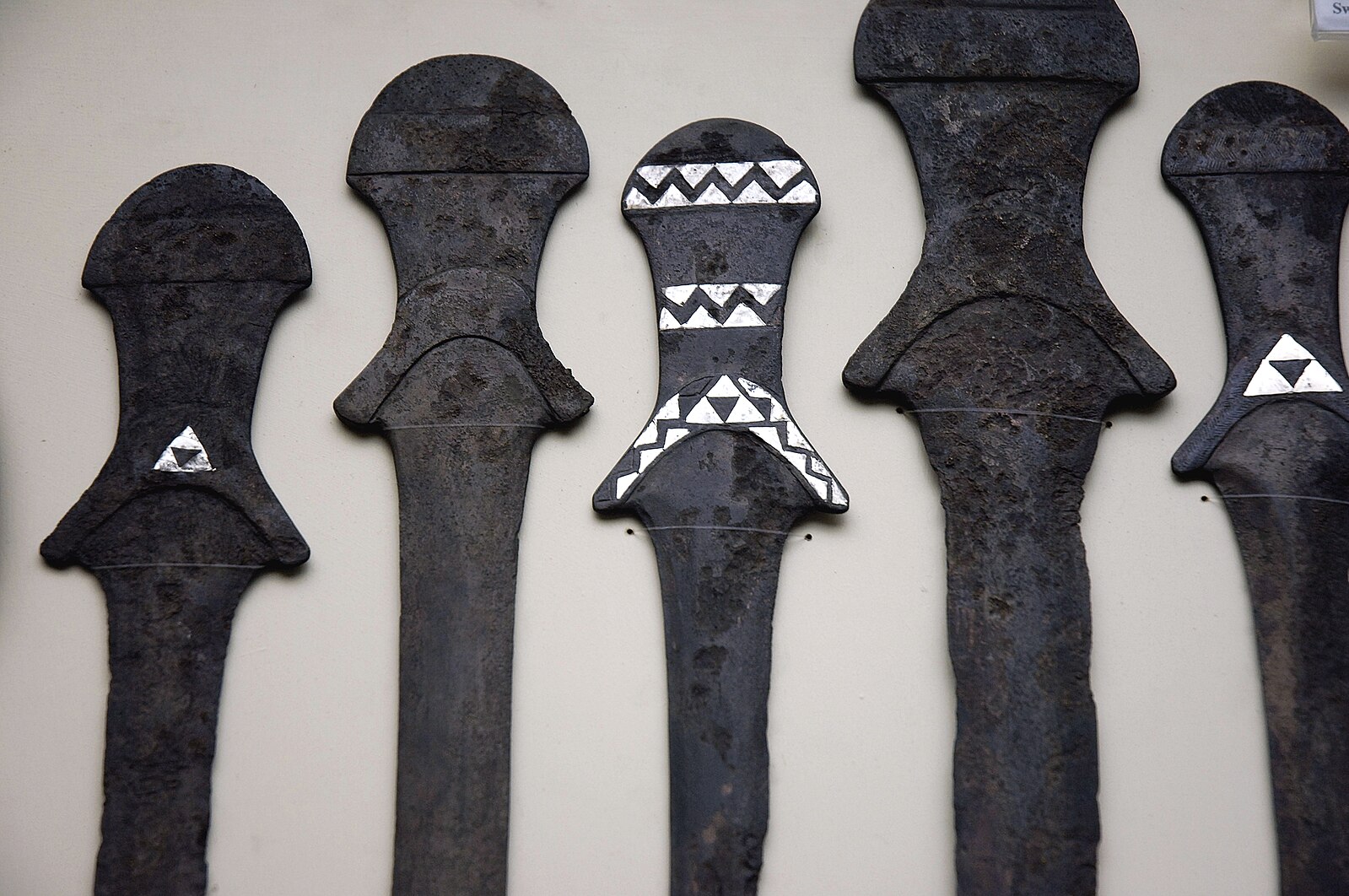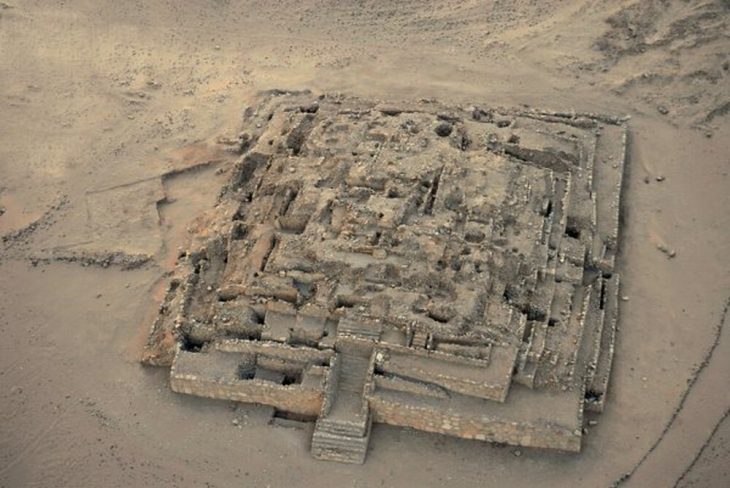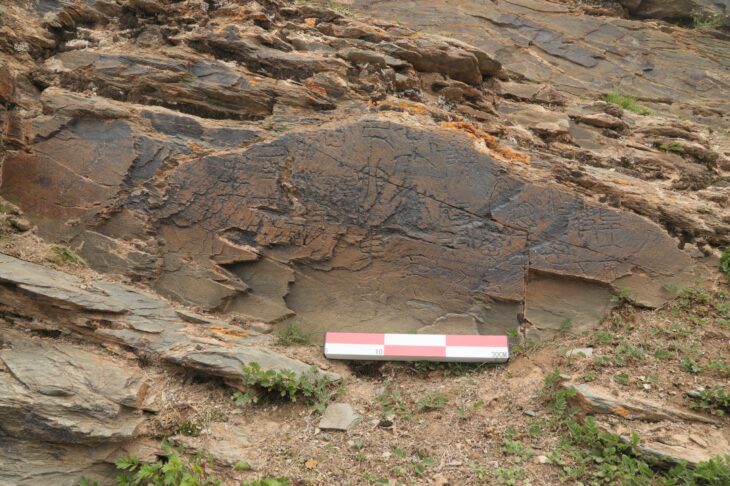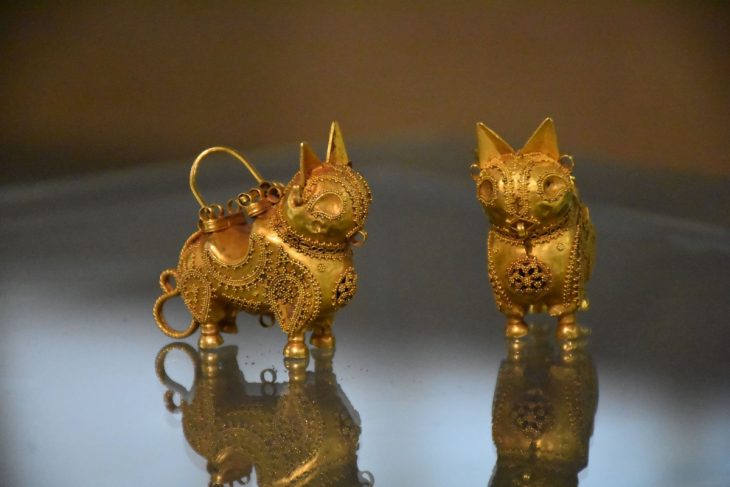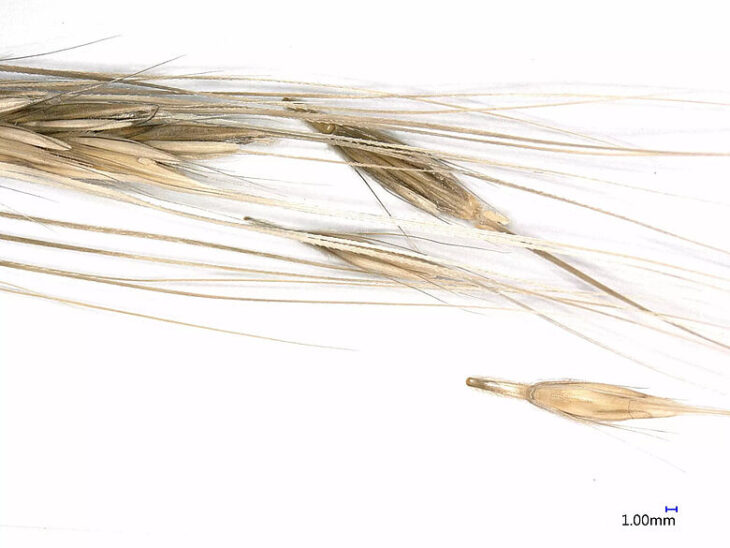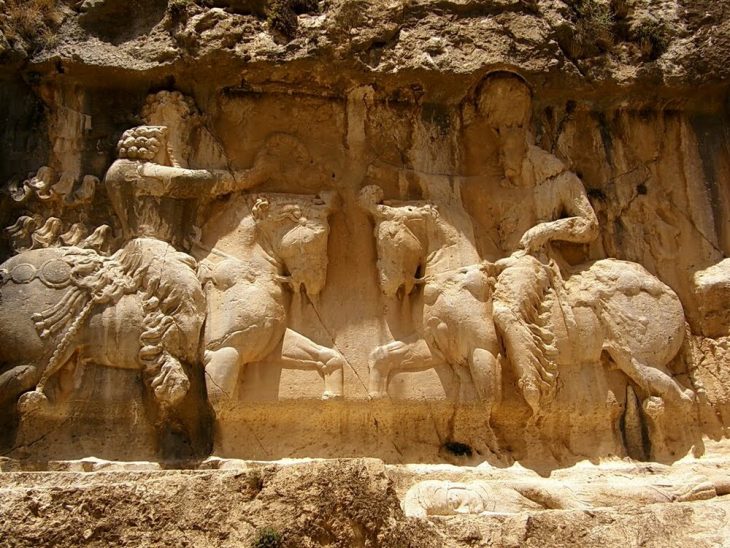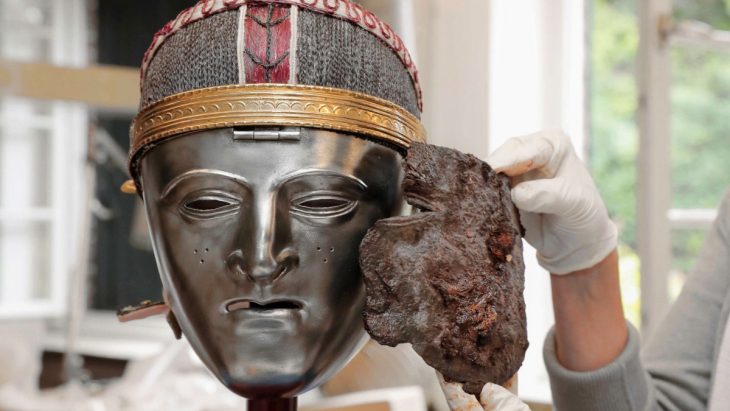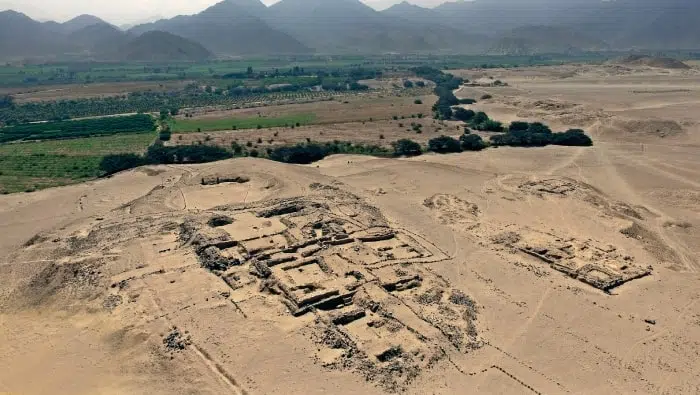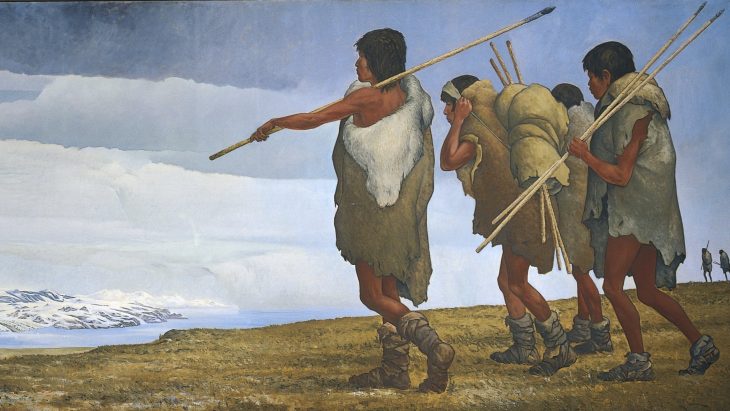In the arid plains of Eastern Anatolia, nestled along the western bank of the Euphrates River near Malatya, Turkey, lies a silent sentinel of civilization’s earliest experiments with authority, metallurgy, and warfare: Arslantepe Mound (Aslantepe Höyük). Now a UNESCO World Heritage Site, Arslantepe has revealed one of the most astonishing finds in the history of archaeology — the oldest known swords in the world, dating back over 5,000 years.
This extraordinary discovery, made over four decades ago, continues to reshape how historians and archaeologists understand the origins of combat, craftsmanship, and social hierarchy in the ancient world.
The Discovery That Changed Sword History Forever
In the early 1980s, Professor Marcella Frangipane and her team from Sapienza University of Rome uncovered a cache of nine remarkable weapons—three short swords and six long daggers—during systematic excavations of a monumental mudbrick palace complex in Arslantepe. The palace, dating from the late 4th millennium BCE, provided clear evidence of centralized administration, elite culture, and ritual life. But it was the weapons that truly startled the academic world.
These blades, crafted around 3300 BCE, precede all previously known examples of swords by at least a millennium, pushing back the origin of this iconic weapon far earlier than previously thought. Until then, most scholars believed swords emerged only around 1600–1500 BCE, primarily in the Aegean and Mesopotamian regions.
Arslantepe changed that narrative.
📣 Our WhatsApp channel is now LIVE! Stay up-to-date with the latest news and updates, just click here to follow us on WhatsApp and never miss a thing!!
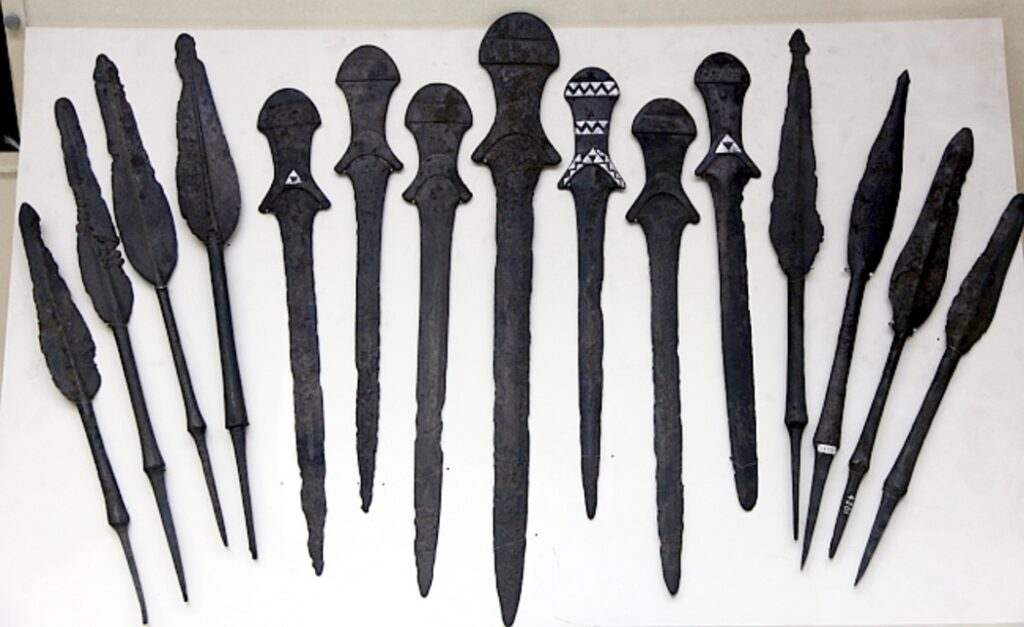
Advanced Metallurgy in the Early Bronze Age
The swords found at Arslantepe are not just historically significant—they are technological marvels of their time. Made of an arsenical copper alloy, they represent an early but advanced phase of metalworking. This alloying technique, which involved adding arsenic to copper, allowed for stronger and more durable blades than pure copper alone.
Three of the blades were elaborately inlaid with silver, indicating that these were not mere utilitarian objects. Their size—45 to 60 centimeters in length—places them between long daggers and short swords, yet their design is unmistakably sword-like. Each includes the essential components that define a sword: a blade, a guard, a grip, and a pommel-like end.
This blend of form and function suggests a transitional moment in history, where metallurgy was not just a utilitarian craft but a political and cultural tool—used to symbolize power, dominance, and innovation.
Arslantepe: A Birthplace of Statehood and Stratification
The swords were discovered in what appears to be a “hall of weapons” inside the palace—a setting that strongly implies their importance to emerging elites. Arslantepe, during this period, was transitioning from a tribal society to a centralized political entity. Monumental architecture, administrative record-keeping (such as clay sealings), and grave goods all point to a society experimenting with hierarchy, state control, and symbolic power.
Weapons like these swords likely played a critical role not only in actual combat but in projecting political authority. In many early civilizations, elite weapons were used in ceremonial contexts to establish legitimacy and instill fear.
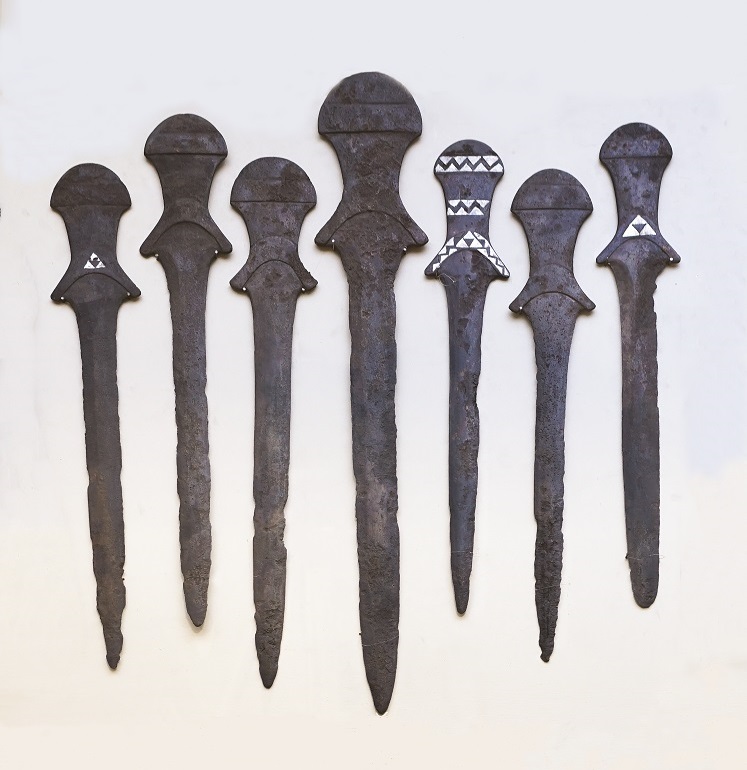
Ceremonial Prestige or Functional Arsenal?
Were these swords wielded in battle or simply symbols of rank? The question continues to intrigue archaeologists. Their ornate silver decoration and burial in elite architectural contexts suggest they were status symbols. However, their metallurgy and craftsmanship make it plausible that they were also fully functional.
Even if their design differs from the long, double-edged swords of later periods, these weapons may have been perfectly adequate in close-quarter Bronze Age conflict. In an era before organized standing armies, power often rested in the hands of local chieftains and warrior elites. A well-made sword—both as a weapon and as a symbol—could have been a decisive asset.
The Geographic and Cultural Context
Arslantepe is located just 7 kilometers from modern-day Malatya, on the western edge of the Euphrates River. This location placed it at the crossroads of Anatolia, Mesopotamia, and the Caucasus, making it a melting pot of cultural and technological exchange. Trade networks brought in metal ores from distant regions, and cultural influences traveled in tandem—evident in the hybrid architectural and artistic elements at the site.
The mound itself contains layers of occupation dating back to the 6th millennium BCE, including evidence of one of the first known city-states in human history. Alongside the swords, archaeologists have unearthed palaces, temples, storage facilities, and ceremonial platforms—all indicating a highly organized and sophisticated society.
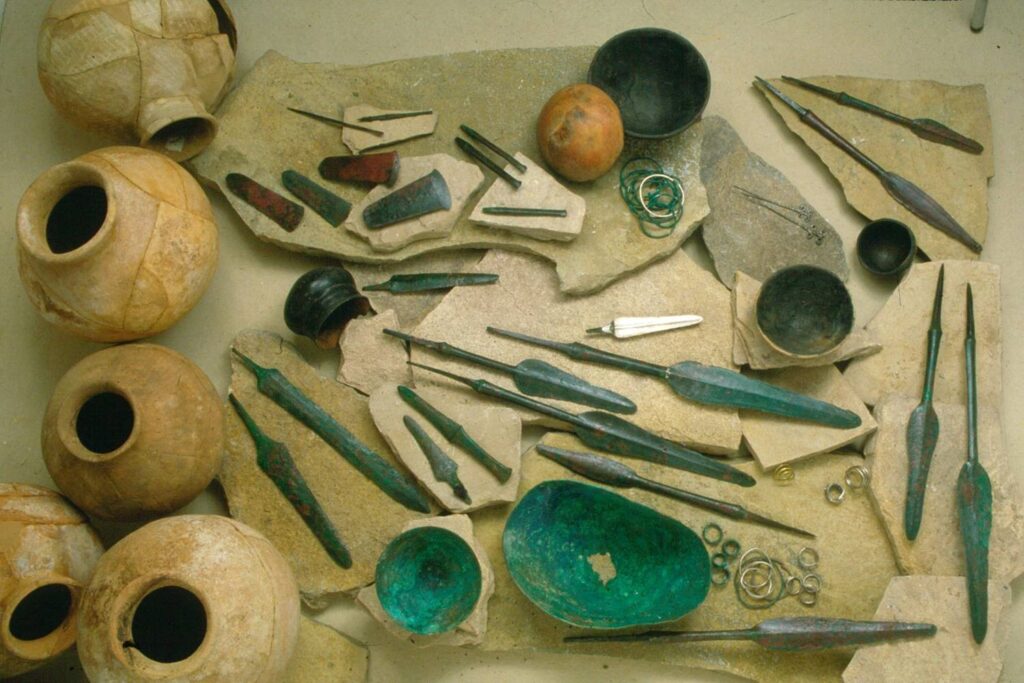
UNESCO Recognition and Earthquake Resilience
In 2021, Arslantepe Mound was inscribed on the UNESCO World Heritage List, a recognition of its profound contribution to our understanding of early state formation, technological innovation, and urban development.
In February 2023, the site was affected by a pair of devastating earthquakes in southern Turkey. Fortunately, the permanent protective structures over the site remained intact, though some parts of the temporary roofing collapsed. Importantly, the archaeological layers and the integrity of the excavation zones were not seriously damaged, thanks to robust conservation efforts.
Why Arslantepe’s Swords Still Matter Today
The swords of Arslantepe are not just relics of the past—they are keys to understanding some of humanity’s most fundamental transitions: from stone to metal, from tribe to state, from hunter to soldier.
They tell a story of innovation born from necessity, of power expressed through craftsmanship, and of the human desire to shape, defend, and dominate the world.
Frangipane, M. (2011). Arslantepe-Malatya: A prehistoric and early historic center in Eastern Anatolia. In C. Marro (Ed.), Eastern Anatolia and the South Caucasus in the Bronze and Iron Ages (pp. 1–25). Lyon: Maison de l’Orient et de la Méditerranée.
Cover Image Credit: Malatya Museum, ancient swords and daggers. Public Domain

